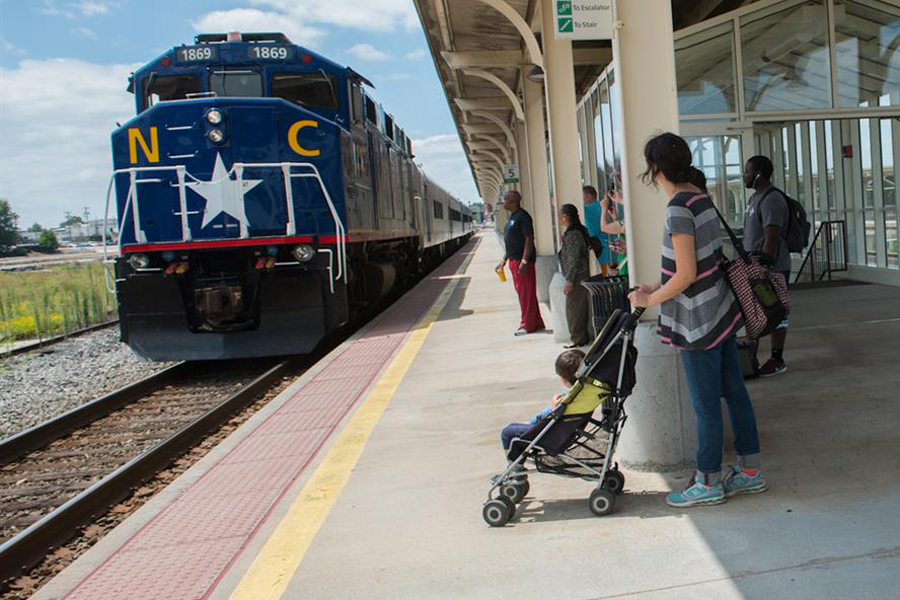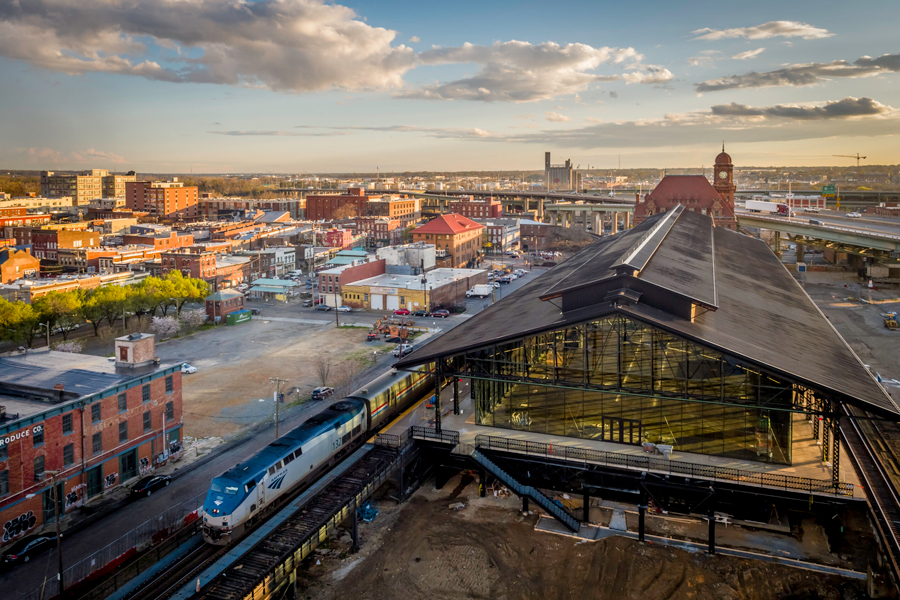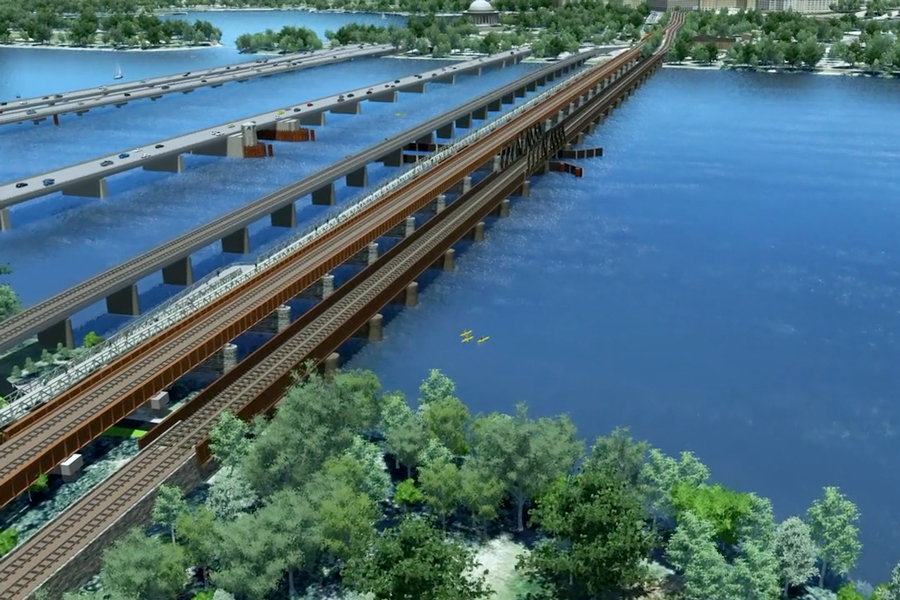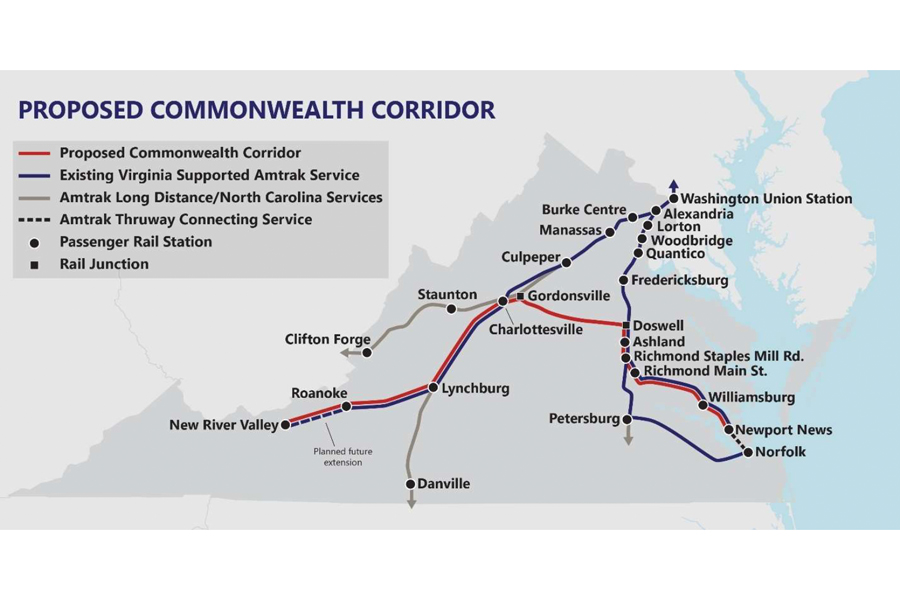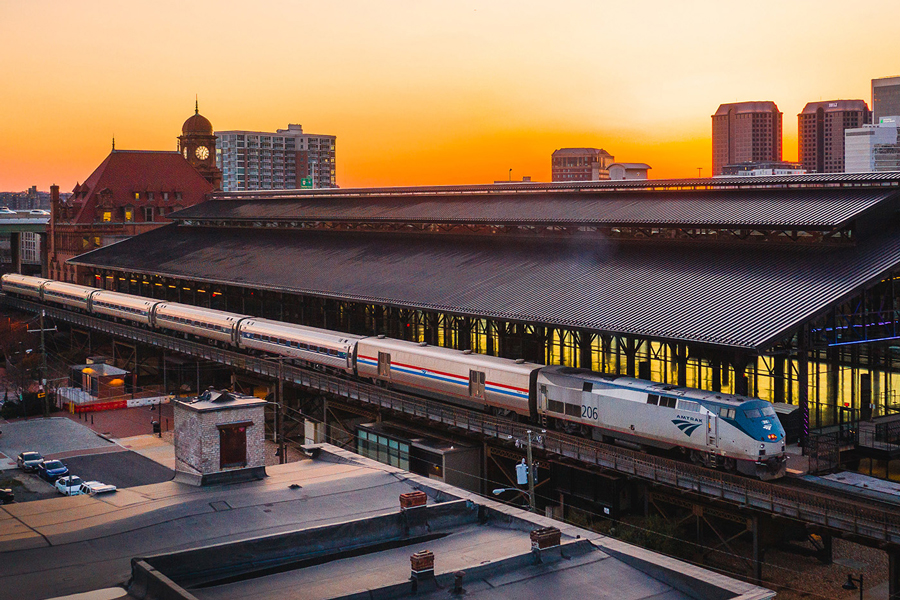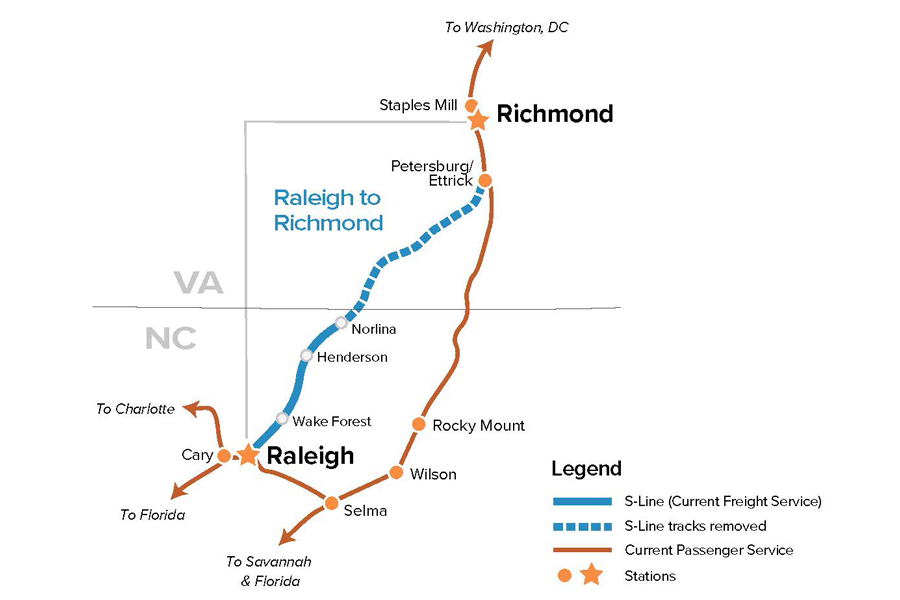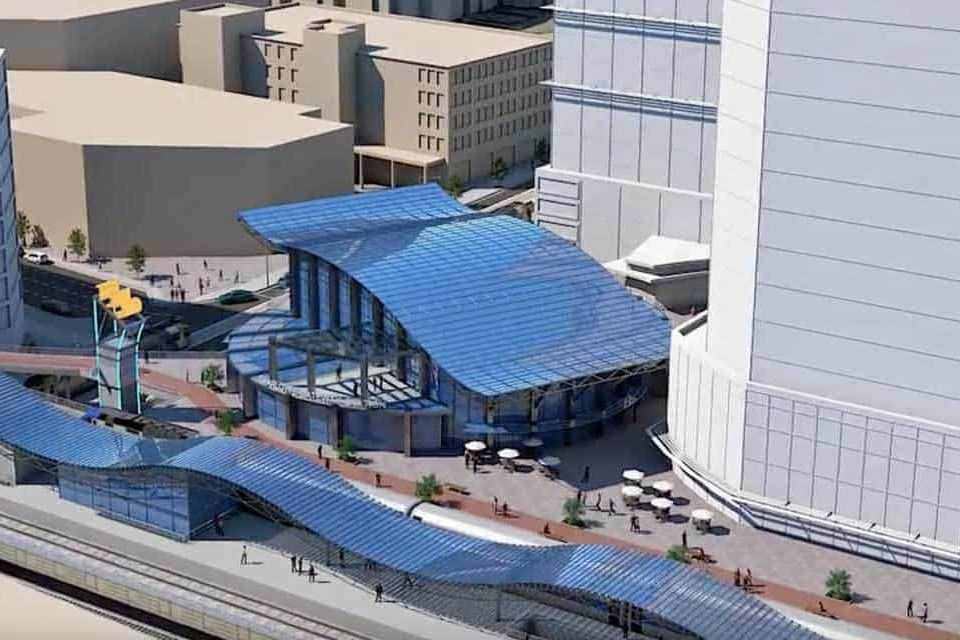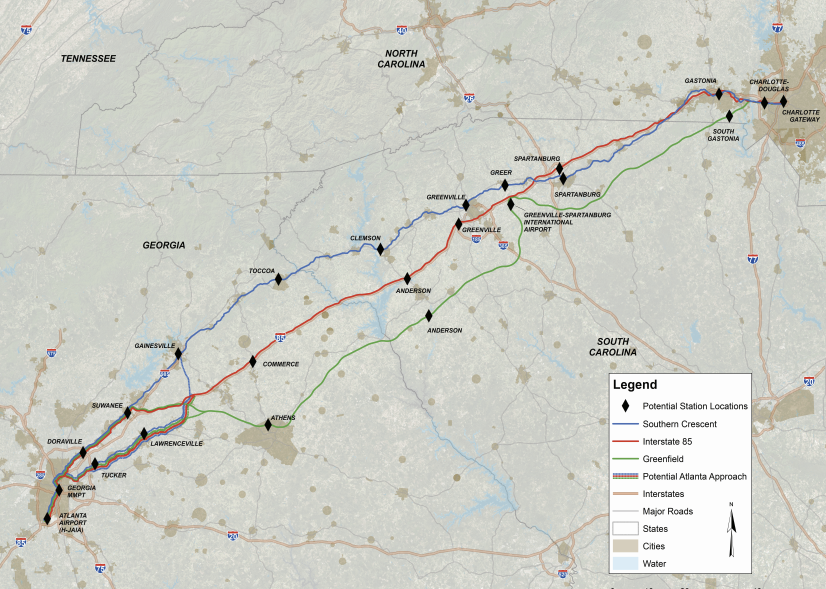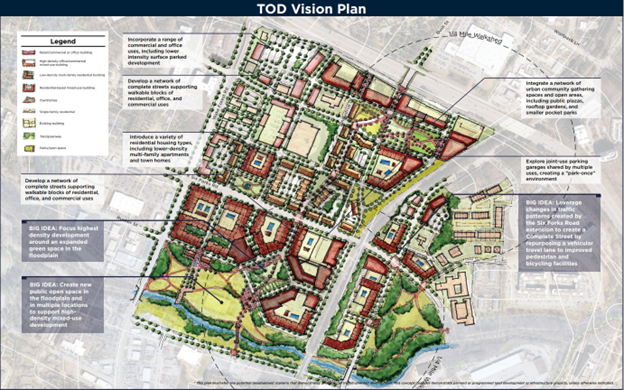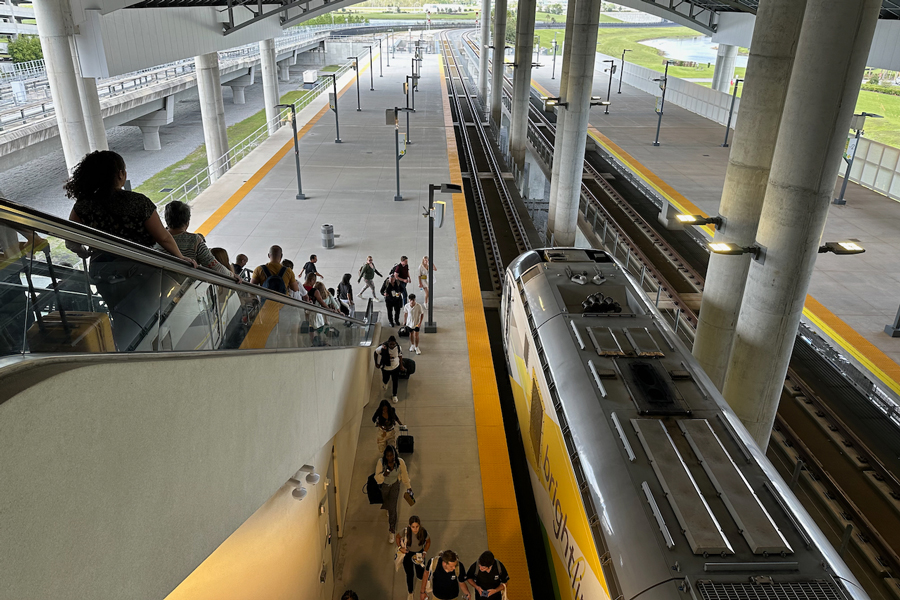Region in Brief
The Region
The Southeast has some of the fastest-growing and most culturally innovative cities in the country, including Atlanta, Miami, and Nashville.
It also boasts scores of vibrant mid-sized communities like Asheville (NC), Greenville and Charleston (SC), and Chattanooga (TN).
With its central location and rapid growth, Atlanta has immense promise as the heart of a regional and national high-speed rail network.
Progress
North Carolina and Virginia have great state programs and are working together to develop regional rail linking Raleigh, Richmond, and Washington, DC.
Brightline Florida recently launched hourly departures linking Orlando and Miami.
The Obstacles
Multiple states must work together to achieve success, and Georgia needs to take the lead. It will take a strong federal program to reach full potential, but the states can make great progress with existing programs.
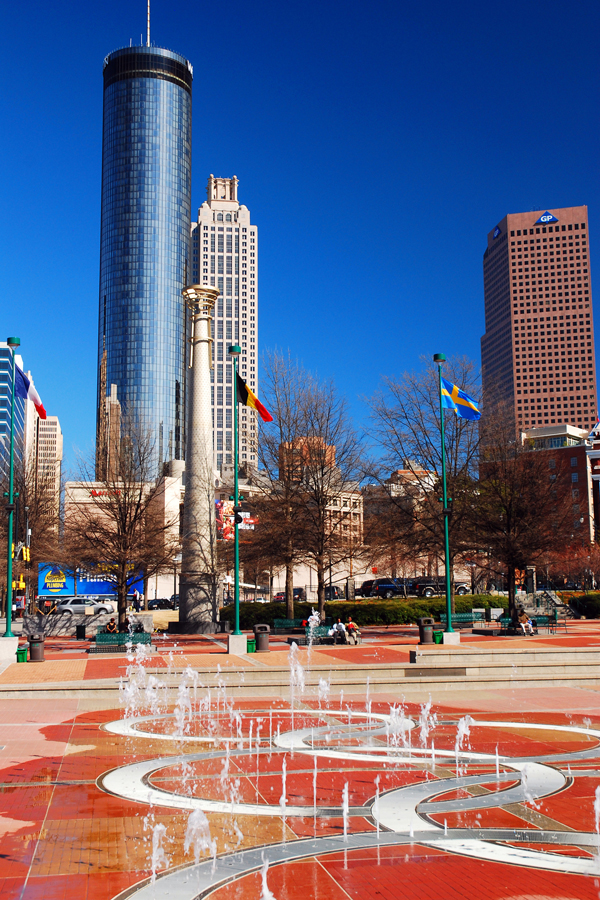
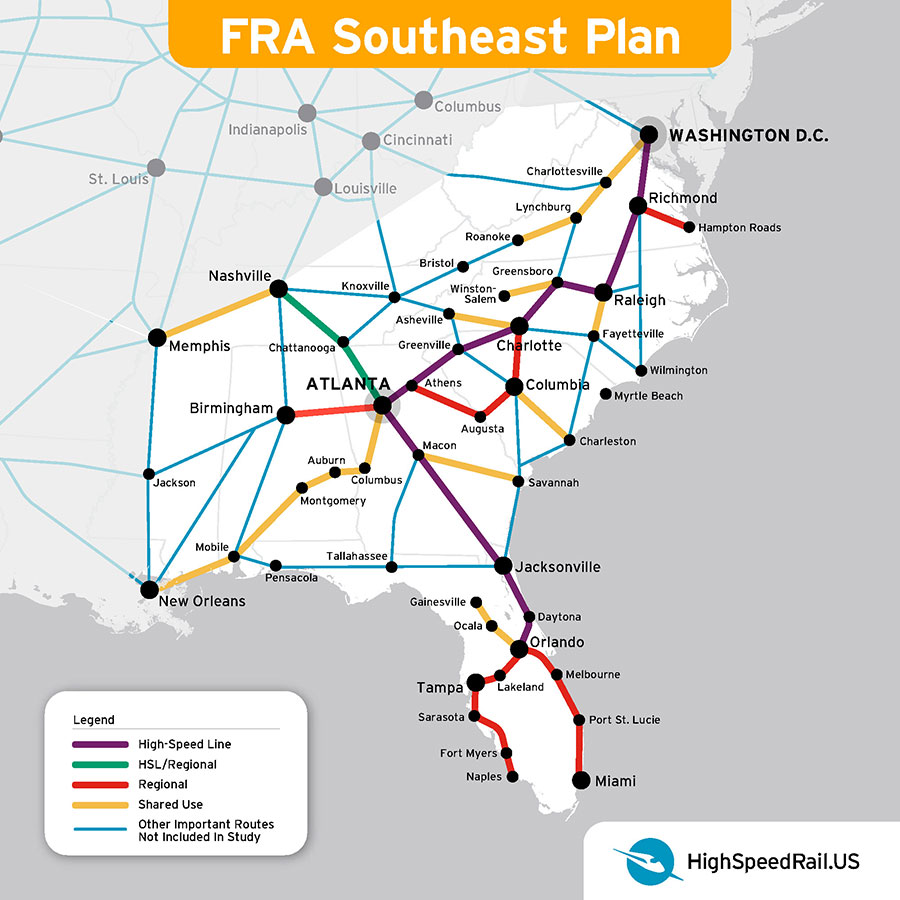
Federal Planning
The Federal Railroad Administration and the Southeast Corridor Commission have created a Southeast Regional Rail Plan, which builds on states’ individual plans and offers a vision for a regional network.
State Progress
Several states have made progress on shared-use corridors. Learn about individual state and corridor plans below.
Southeast States and Projects
Long Bridge
Virginia recently received a federal grant to build a new, passenger-only bridge across the Potomac.
Commonwealth Corridor
Virginia has purchased the right-of-way needed to build a cross-state corridor.
Richmond - DC Regional Rail
North Carolina and Virginia recently received a federal grant to rebuild an out-of-service freight line for fast passenger trains.
The S-Line
The S-Line is a mostly out-of-service freight line that will be rebuilt for fast passenger trains.
Charlotte Gateway Station
A new station is under construction in downtown Charlotte.
Atlanta - Charlotte High-Speed Rail
Georgia has completed a Tier 1 EIS for a new high-speed line. It was recently accepted into the Corridor ID program.
S-Line TOD plan
North Carolina is being proactive to develop walkable communities around new stations on the S-Line.
Brightline Florida
Brightline recently opened a new regional line, with hourly departures.

Take Action
The country needs an Interstate Railway Program, like the Interstate Highway Program, to take full advantage of the community, economic, and environmental benefits of trains.
Please join with us in asking Congress to create a national railway program to re-connect America with fast, frequent, and affordable trains.
